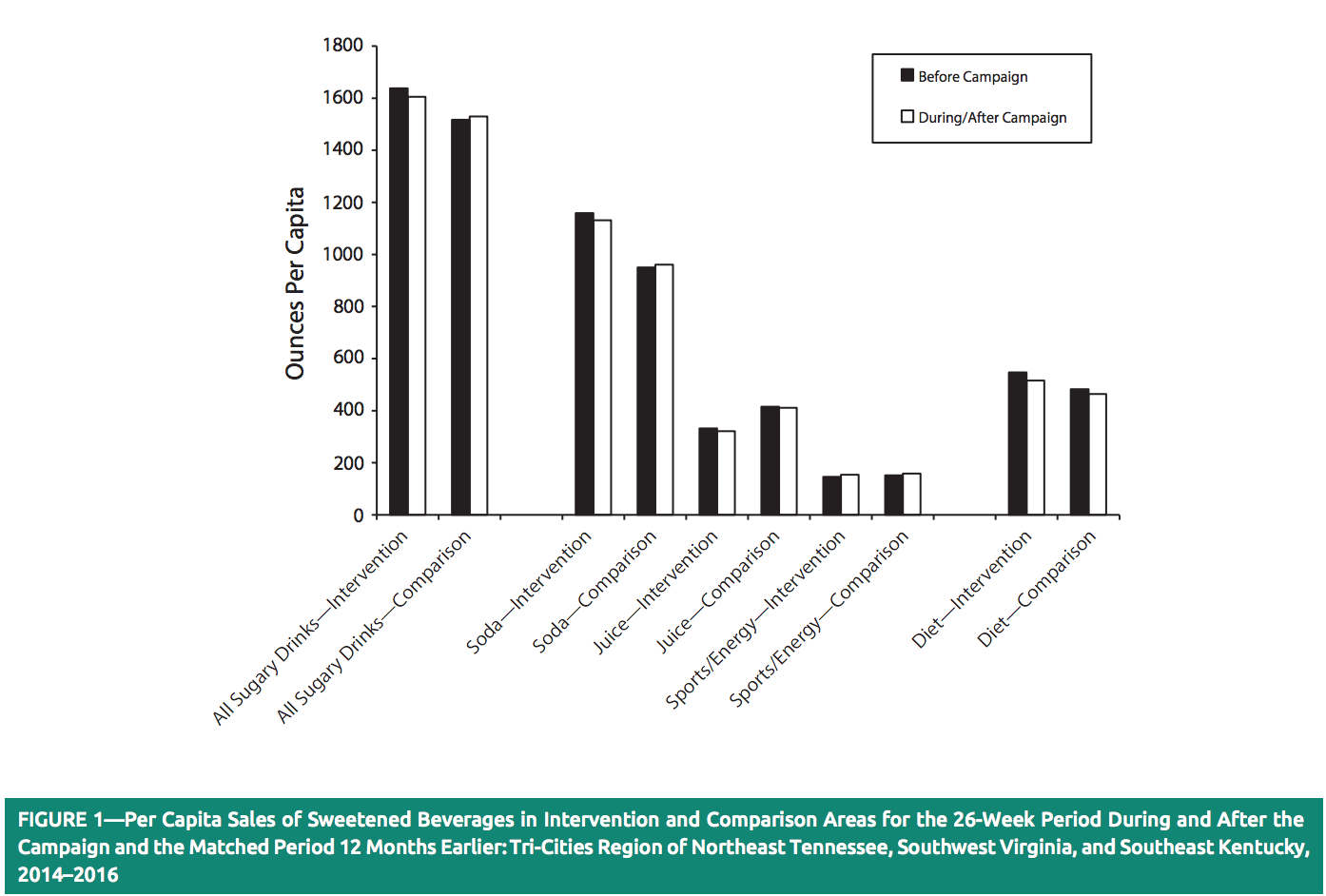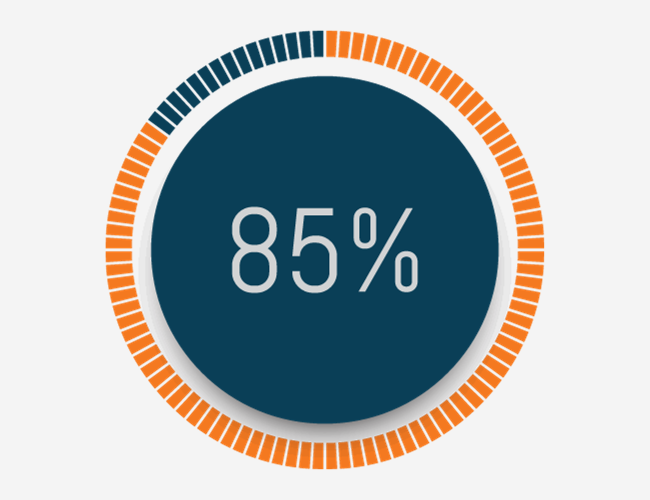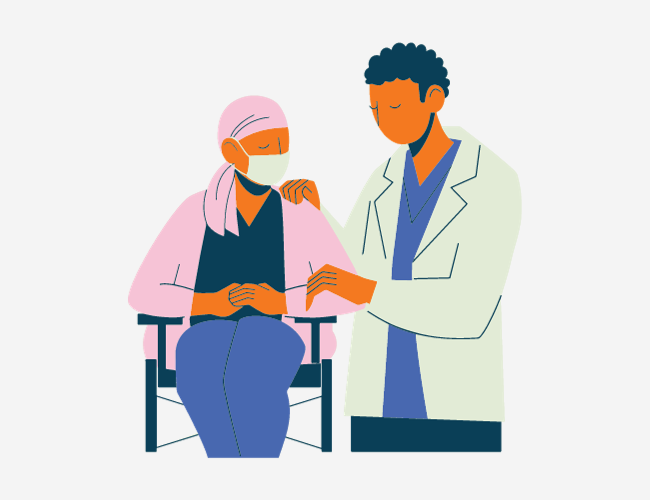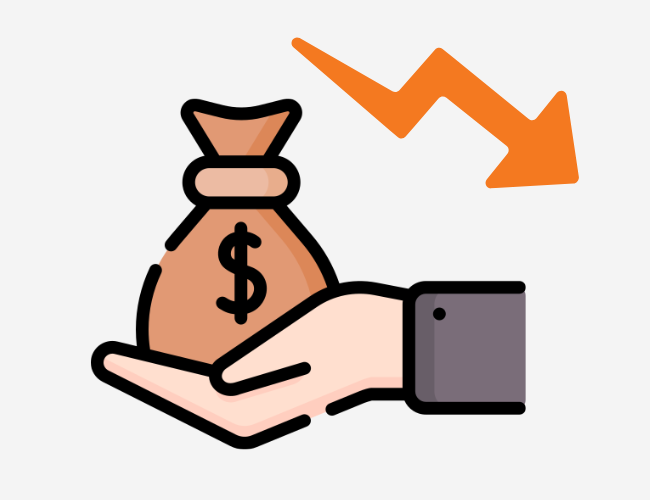The rise in obesity since the late 1970s has been the product of increasing availability and consumption of hyper-processed foods and beverages, such as pizza and sugary drinks. The growth in these unhealthy foods did not happen naturally. It was the result of billions of dollars spent on advertising, promotions, enticing packaging, favorable pricing, and retail slotting fees. Large corporations turned their marketing departments into machines to grow their junk food businesses, and the billions of dollars spent on these items are proof that it worked. If companies were able to sell individuals junk food, could similar marketing techniques be used to un-sell them? That was the subject of a study, and the results were promising.
Old Tactic, New Application
It is important to note that the concept of un-selling is not new. Paid counter-advertising was used successfully in anti-smoking campaigns. These marketing efforts focused on forcing smokers to confront the consequences of their habits. Despite these positive results, counter-advertising has not been used more widely, which may be partially due to limited formal research on effectiveness of such public health programs. Hopefully, this new study may serve as a catalyst to promote more efforts to offset marketing dollars being spent.
The study took place in the Tri-Cities region of northeast Tennessee, southwest Virginia, and southeast Kentucky, a rural area with a population of 780,000. Research showed that young adults in the areas drank sugary drinks heavily despite knowing the connection to obesity and diabetes. The 16-week campaign consisted of simple video messages distributed on television and digital channels (YouTube, Hulu, and Facebook) that compared the health effects of sugary drinks to those of cigarettes, highlighting heart disease, cancer, and tooth loss. The researchers also asked local businesses, hospitals, and nonprofit organizations to promote water in place of sugary drinks with their employees and customers. The total cost of the campaign was under $300,000, which was less than 40 cents per capita.
The efficacy of the campaign was measured by using beverage sales data from retail stores before and after the campaign as well as comparison data from the control group (rural Virginia). The researchers also used phone surveys to assess changes in attitudes and the program’s reach.
Results
“Sales of sugary drinks, including soda, fruit drinks, and sports drinks, fell 2.0% in the intervention area but rose 0.9% in the comparison area; in a multivariate model the relative decline in sales of sugary drinks was 3.4%. That decline was driven almost entirely by a 4.1% relative drop in sales of soda, which the ads highlighted. The survey data generally backed this up, with people who saw the ads more likely to view sugary drinks as a cause of cancer and heart disease. Oddly, the surveys showed an increase in the percent of people saying they consumed sugary drinks in the past week, a subjective measure that didn’t match the objective sales data.”

Applications In The Office
Although employers are not going to run public health campaigns, they can still learn a great deal from this study. There is no shortage of information available to individuals on the negative effects of junk food. Unfortunately, employees are not exposing themselves to this content because they are not proactively seeking it out, which is why wellness portals that boast of their extensive libraries of health articles are mostly sizzle and little steak. Employers should treat health content distribution like they do their marketing initiatives. They should be proactively pushing this content to employees in a multi-media format. That is what Wellable’s Health Content solution does. Through a combination of text messaging, email, and print media, Wellable proactively distributes relevant and timely articles to better inform employees and empower them to make better decisions around their health.












